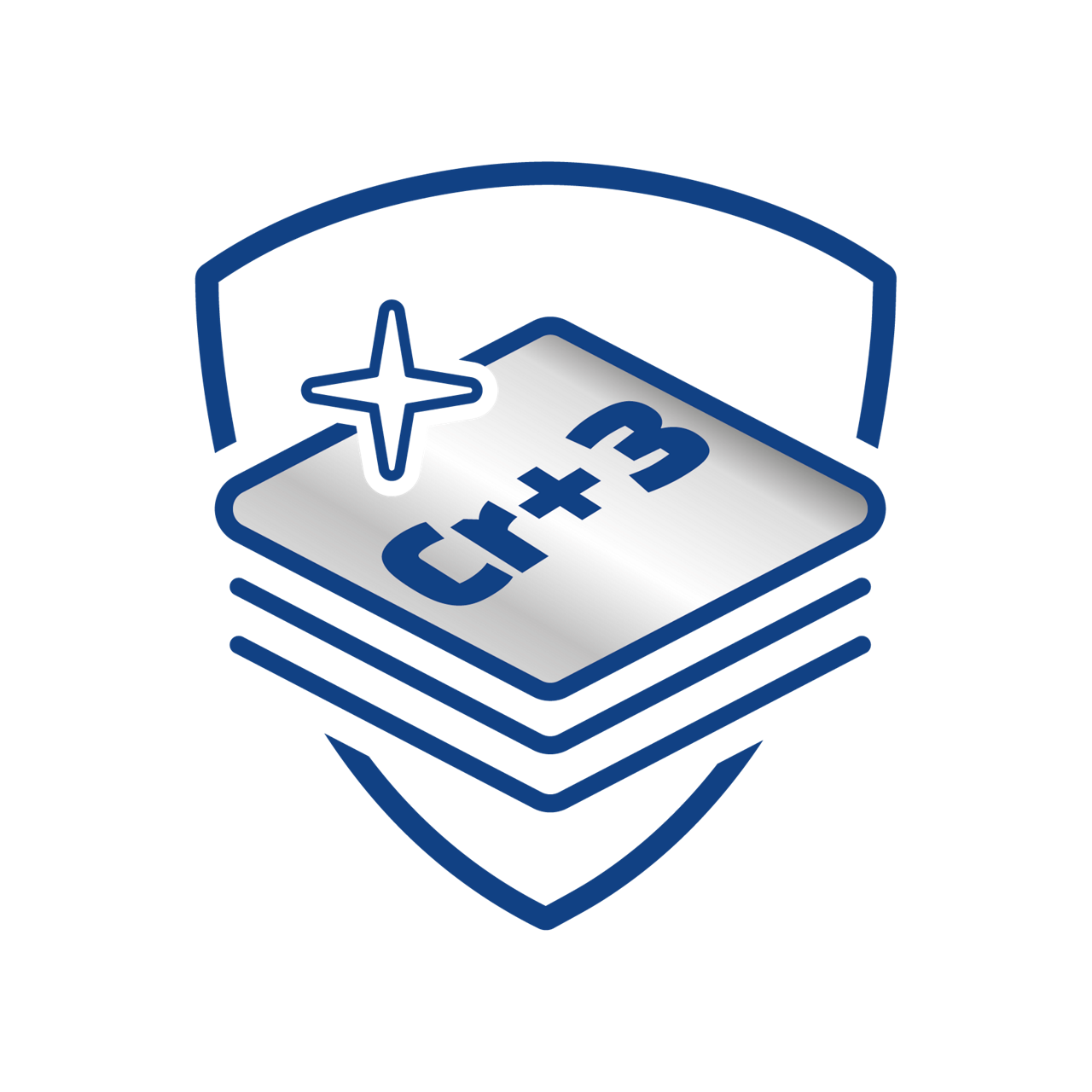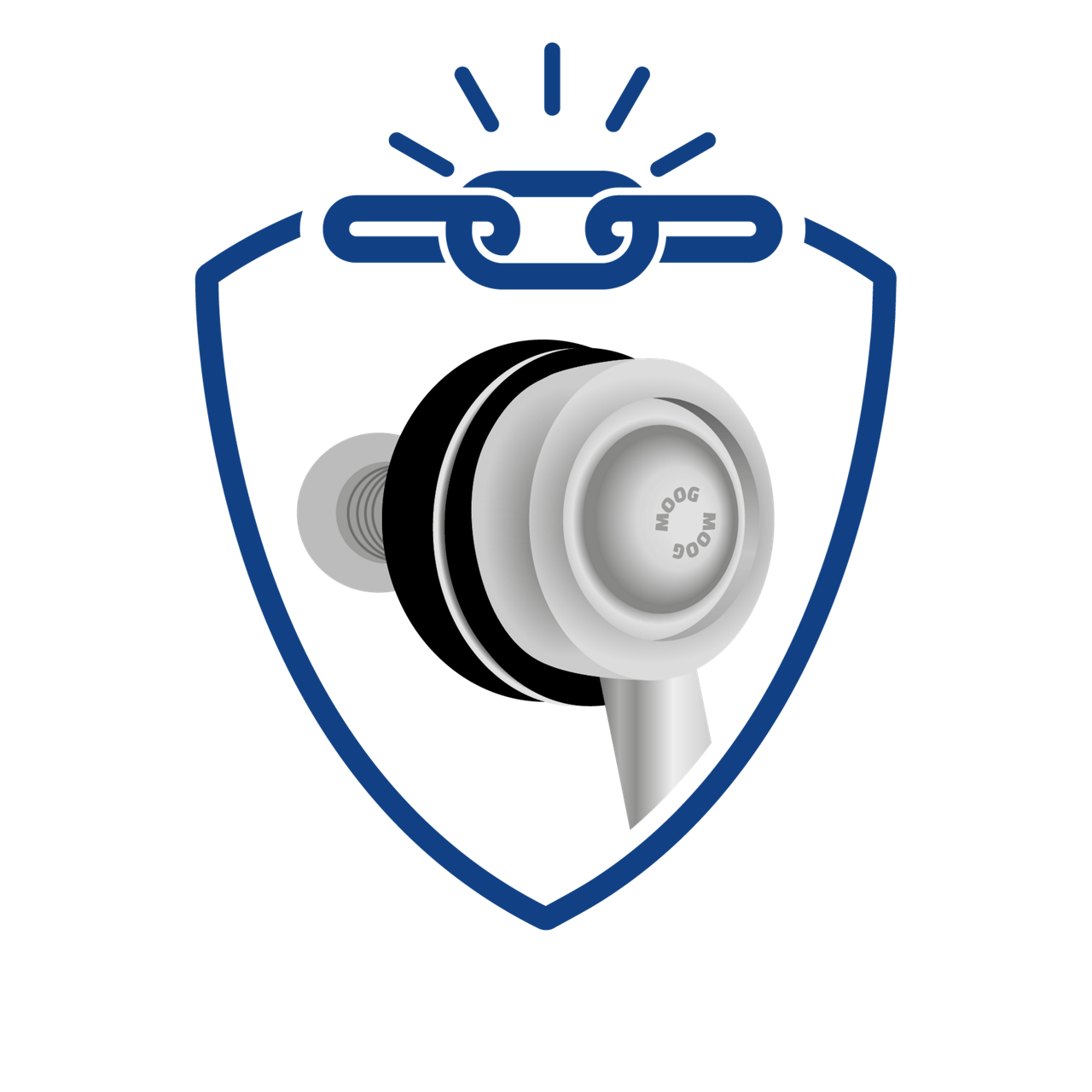Car manufacturers are increasingly using lighter materials for spare parts to reduce the weight of vehicles. This includes link stabilizers, which are now often made of plastic, aluminum, or a hybrid metal/plastic combination. While the original design works well under normal driving conditions, MOOG offers steel reinforced alternatives that are stronger and more durable.
Plastic Link Stabilizer

Aluminum Link Stabilizer

Hybrid Link Stabilizer


Steel Link Stabilizer

These steel alternatives have several technical properties that make them superior. They have higher mechanical strength, reducing the risk of breakage during challenging driving conditions such as high speeds on potholes and curbs. They also allow for a higher ball diameter compared to link stabilizers made of lighter materials. Additionally, the ball stud can work efficiently within a dedicated POM bearing, making it more durable than if it were made of the same plastic material as the housing.
MOOG's steel alternative version inherits all the unique features that set MOOG apart, including TPU dust boot, synthetic grease, zinc flaked nuts, CR+3 coating, and a metal closing cap, making it even more durable.
However, it's important to note that the steel alternative version has a different design than the original equipment product. This means that when changing the link stabilizers, both sides of the axle must be replaced with the same material/technology to comply with regulations set by most European governments. Failing to do so could result in the rejection of the car during periodic technical inspections.
Ultimately, the choice between different technologies has its pros and cons, and it will depend on the mechanic's preference. That's why in addition to offering a stronger steel alternative (suffix 'M'), MOOG also provides an OE-like version, giving installers the freedom to choose their preferred solution.
DID YOU KNOW?
FULL METAL ALTERNATIVE TO PLASTIC, ALUMINUM AND HYBRID LINK STABILIZERS
The content contained in this article is for entertainment and informational purposes only and should not be used in lieu of seeking professional advice from a certified technician or mechanic. We encourage you to consult with a certified technician or mechanic if you have specific questions or concerns relating to any of the topics covered herein. Under no circumstances will we be liable for any loss or damage caused by your reliance on any content.




